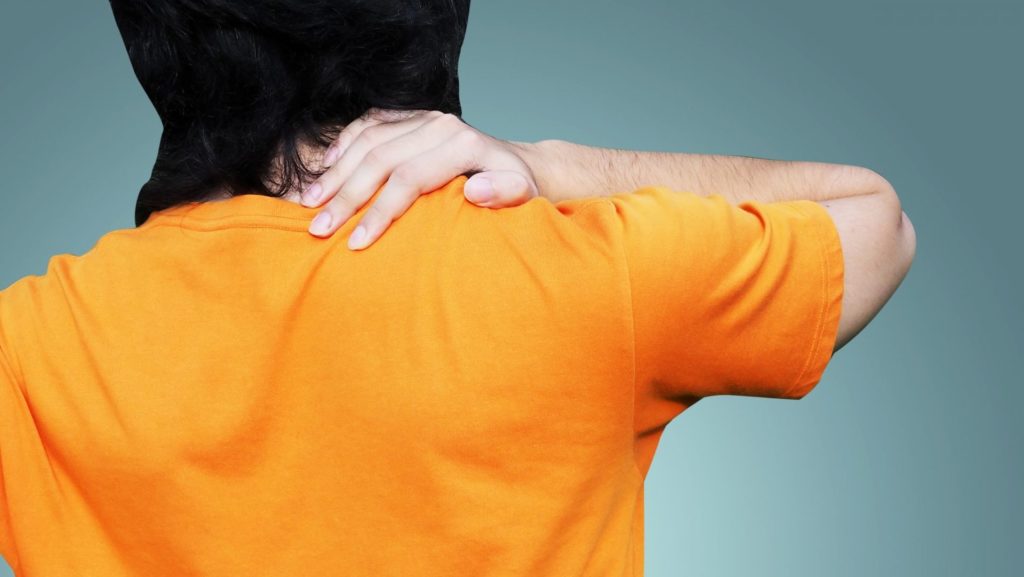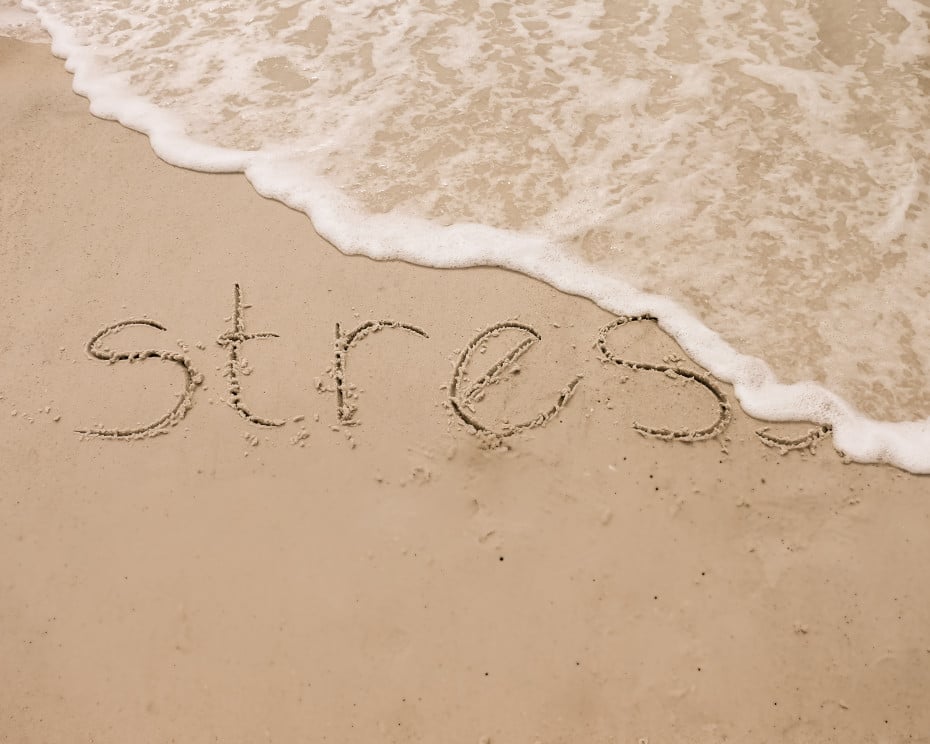Read Time: 4:00 Mins.
Pain is such an uncomfortable feeling that even a tiny amount of it is enough to ruin every enjoyment. ⎼ Will Rogers, famed American author, actor, singer, and cowboy.
No pain no gain. Tough it out. Fight through the pain. Just ignore it. Easy words to speak, but for nearly 100 million Americans suffering from daily, chronic pain, those words come cheap. Pain simply cannot be wished away, and it affects every waking moment. Andrew is a classic example. He suffers from osteoarthritis in his knees and ankles, literally making every step in life a painful one. Walking on the beach with his wife June might as well be climbing Mt. Everest. Even when sitting, the swelling and stiffness constantly reminded him that all was not well. Over-the-counter pain meds helped, but he was concerned about taking too many during the day. He tried hydrocodone, an opiate, but it’s harder to keep on hand because new DEA regulations require a trip to his doctor for every 90-day refill. Getting addicted to it also weighed heavily on him, so during his last doctor’s visit, he asked his doctor about the benefits of obtaining a medical marijuana recommendation card. Soon after, Andrew began a daily microdosing regimen eating chocolate bars in one 5 mg portion at a time. Sunset walks at the lake are once again an enjoyable part of their lives.
In the professional medical community, there is no single answer for treating pain. Commenting on a 2015 NIH study, Christopher Callahan, M.D., the founding director of the Indiana University Center for Aging Research and Regenstrief Institute said “We learned that sufficient clinical research doesn’t exist to show physicians how best to treat chronic pain in adults, many of whom suffer from multiple health problems. Even though we know that treatment should be tailored to individual patients, there is no existing algorithm that helps researchers or clinicians determine which patients with which type of pain should be treated with which available approach.”
Cannabis for Pain Relief
Lillyana suffered from constant pain during her recovery from a snowboarding mishap. A spry woman in her early 50s, she hadn’t been on her board for years but readily accepted an invitation for a day trip to the local mountains. A momentary distraction resulted in her tumbling head first out of control, tearing the ligaments around the acromioclavicular (AC) joint, and her collarbone separated from her scapula. Lillyana’s surgeon described it as a type III injury, and he inserted screws to get her collarbone back into alignment with the scapula. What should have been a fun day with friends was instead a months-long rehab process. Wary of pharmaceuticals, high-potency, medicinal-grade cannabis helped tremendously during her recovery, and she’s not alone.
A 2014 study found that 94 percent of Colorado medicinal cannabis patients stated “severe pain” as their reason for obtaining a medical ID card. Data in another study reported that 87 percent of participants sought medical cannabis for pain relief. In addition, there is evidence that some individuals are replacing opiates with cannabis. A Michigan dispensary study found that medical cannabis reduced opioid use by 64 percent. An analysis of Medicare Part D prescription data demonstrated that states with medical cannabis a significantly reduced conventional pain medication prescriptions.
How Does Cannabis Help With Pain?
Anti-inflammatory agents within cannabidiol (CBD) and tetrahydrocannabinol (THC) and other compounds appear to help reduce pain and inflammation. THC and CBD act in a synergistic manner but the THC to CBD ratio varies in flower strains and in all cannabis products. This ratio may affect how your body reacts when ingesting cannabis. On the other hand, CBD products made from hemp contain little or no THC, and many people use them for pain relief.
Physiologically, our bodies have natural “receptors” identified as CB1 and CB2. The CB1 receptors are predominantly found in our brain, spinal cord, nervous system, connective tissues, and a few organs. CB2 receptors are in our immune system, spleen, and gastrointestinal system. When you ingest cannabis, both receptors are activated, but in different ways. Research suggests that THC primarily affects CB1 receptors, while CBD does not “bind” to either receptor. It interacts with different pathways in our bodies, including what medical experts define as a G-coupled protein receptor which affects neurological processes including anxiety, pain perception, nausea, and helps with relaxation and sleep. Further research is needed, and finding the best synergistic ratio of THC to CBD may play a pivotal role in how a patient’s body responds to cannabis for pain relief.
A 2015 Harvard University study published on PubMed stated that cannabis use for chronic pain is supported by growing evidence. The study concluded by stating that “Physicians should educate patients about medical marijuana to ensure that it is used appropriately and that patients will benefit from its use.” A December 2017 article published in The Journal of Applied Laboratory Medicine comments that the underlying causes of cannabis as a pain management tool are still not understood. “Although grounded in simplicity, it may be presumptuous to assume that the major clinical effects of cannabis are derived solely from THC and cannabidiol (CBD). What becomes lost in the rhetoric is the importance of associated compounds found in the whole plant.” In other words, the plant is not fully understood, and more research is needed.
Cannabis for Treating Pain
As Dr. Callahan noted, a one size fits all answer for treating pain does not exist. Before adding cannabis to your pain management process, we strongly recommend talking with a health care professional, especially if you’re already taking other medications. For many people suffering from severe pain, high-potency cannabis strains may be preferable to the more garden-variety cannabis options. These types of cannabis products may not be found in a typical dispensary. Recent changes in California law eliminated wide availability of certain high-potency cannabis products, further complicating access to truly medicinal-grade cannabis. Your consumption method is also a variable whether it’s smoking/vaping, topicals, balms, edibles, or tinctures.
When beginning a cannabis treatment program, the general medical consensus is to “start low and go slow.” Again, talk to your doctor. Talk with knowledgable budtenders at more than just one dispensary. Read our articles on The Well, explore our Conditions page, and talk with your adult friends who may already use cannabis for pain relief. It can’t hurt, and it very well may help.
Karl Phillps is a writer who covers the cannabis community from Los Angeles, CA.



